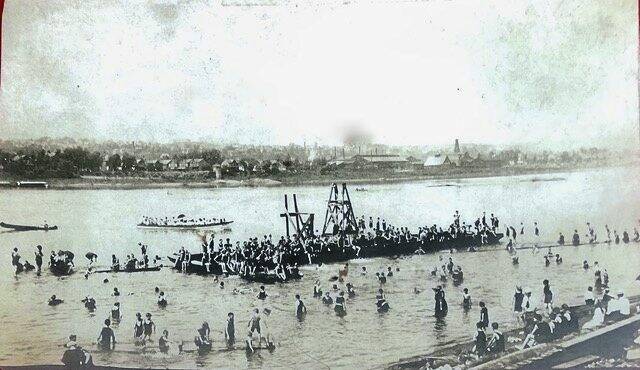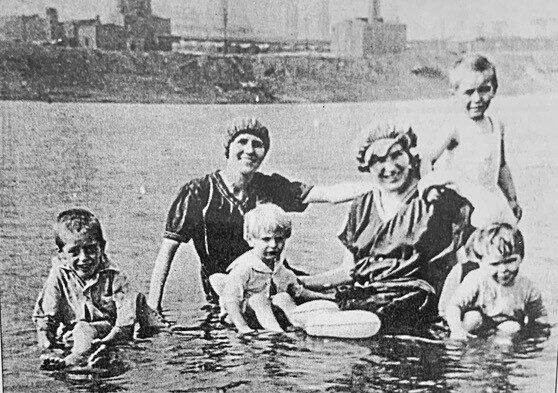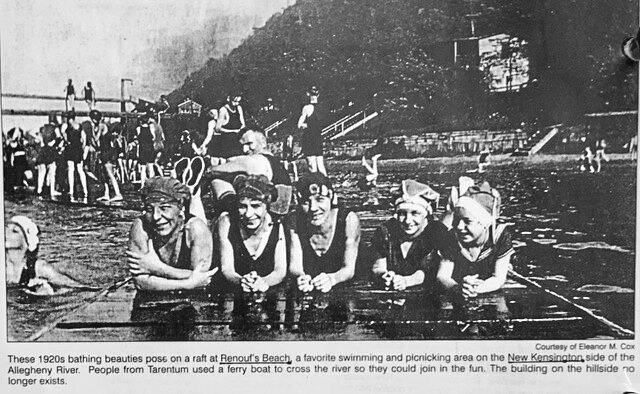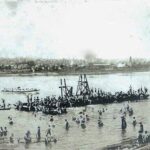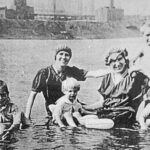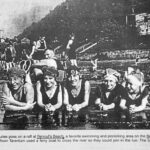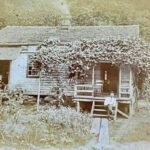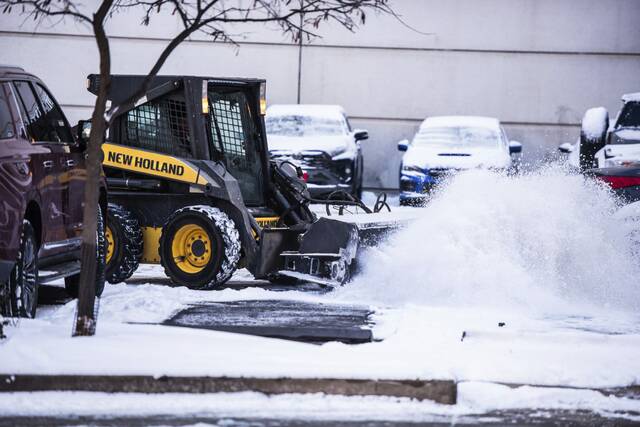In the mid 1800s Craigdell Road in Lower Burrell extended to the Allegheny River, where a railroad station was located.
Remains of this old portion of roadway can still be seen behind the Giant Eagle on the Tarentum Bridge Road. The railroad station there was built in 1856 and was named the Tarentum Station because passengers would exit the train to take a ferry across the river to Tarentum.
The ferry landing in Tarentum was at the end of the aptly named Ferry Street, which has since been renamed Ross Street.
The Tarentum Station in Lower Burrell predated the first train station in Tarentum by nearly 30 years because the Allegheny Valley Railroad on the Lower Burrell side of the river was built prior to the Western Pennsylvania Railroad in Tarentum.
The arrival of the first passenger train in Tarentum did not occur until Nov. 19, 1886. Even after passenger trains arrived in Tarentum, the station at the base of Craigdell Road was still known as Tarentum Station. Some old maps, in fact, show two Tarentum Stations, one on each side of the Allegheny River.
The ferry had a number of owners over the years. In the 1880s it was operated by John Duster and Sylvester Harris. It was later purchased from them by Napoleon Bion Renouf.
Renouf was born in 1857 in Chillicothe, Ohio, and moved to Tarentum, at age 16, to work at the Pittsburgh Plate Glass Company. He was employed there for 19 years.
In addition to his ferry service, in the early 1900s Renouf constructed a recreational facility along the Lower Burrell side of the river just a few hundred yards from the train station. This facility was popular and became known as Renouf’s Beach.
Renouf erected a large two-story frame building, which included locker rooms, changing rooms, and a food stand where hot and cold lunches could be purchased.
There were diving platforms and large, fixed, raft-like platforms in the river. Renouf even provided canoe rentals for those who wished to explore the river and it banks.
Renouf’s Beach became the Coney Island of the Alle-Kiski Valley. Many came by train from as far away as Kittanning and Pittsburgh. During weekends in the summer, as many as 2,000 swimmers visited the facility on a given day. Eventually, the train station on the Lower Burrell side of the river was renamed Renouf’s Beach Station.
Old photographs show large boats transporting dozens of passengers from the Tarentum shore. By this time, Renouf had moved his docks to the end of Corbet Street. He also added a livery service at the location.
Tickets for the boat entitled purchasers to transportation, swimming and admission to the dressing rooms. For those traveling from Tarentum, the cost for the package was 10 cents. Purchased separately, the ticket for swimming was 10 cents, bathing suit rental was 15 cents, towels were 5 cents each and valuables could be checked for 5 cents. Renouf also posted a list showing the proper conduct for those using his facilities.
Renouf sold the ferry business, bathing house and his other river holdings in 1921 when he became aware that the beach would be submerged beneath several feet of water following the construction of local dams.
Today on satellite photographs, remains of the old wooden platforms can be seen under the surface of the water.


